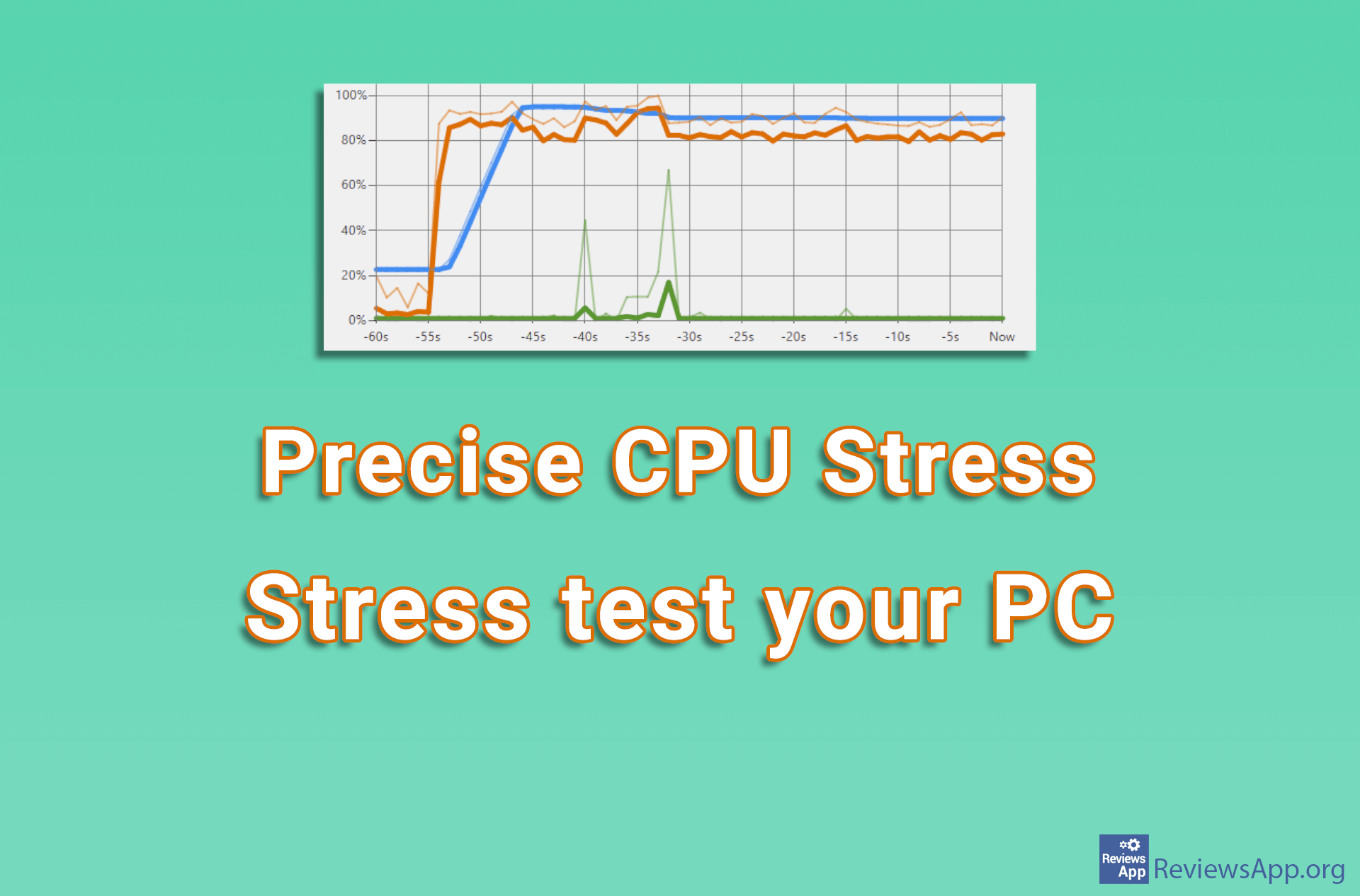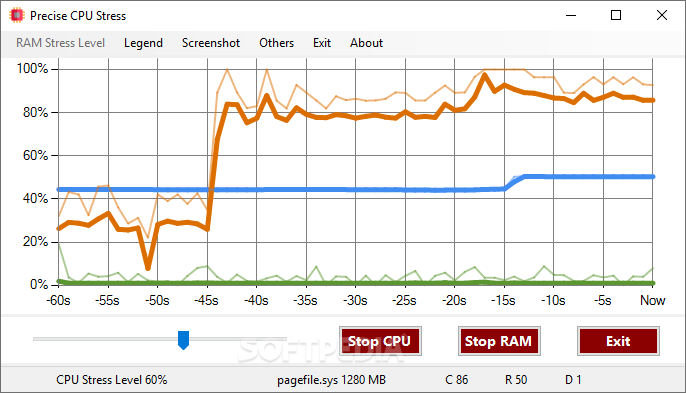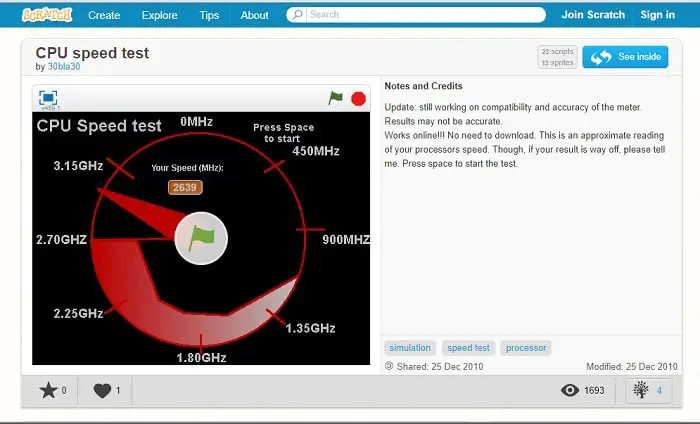

Stress: info: dispatching hogs: 0 cpu, 0 io, 1 vm, 0 hdd To spwan one worker of malloc() and free() functions with a timeout of 60 seconds, run the following command.

Stress: dbug: using backoff sleep of 3000us Stress: dbug: using backoff sleep of 6000us Stress: dbug: using backoff sleep of 9000us

Stress: dbug: using backoff sleep of 12000us Stress: dbug: using backoff sleep of 15000us Stress: dbug: using backoff sleep of 18000us Stress: dbug: using backoff sleep of 21000us ~ $ uptime ~ $ sudo stress -cpu 8 -timeout 20 ~ $ uptime Sample Output ~ $ uptimeġ7:20:00 up 7:51, 2 users, load average: 1.91, 2.16, 1.93 forked After running stress, again run the uptime command and compare the load average. Next, run the stress command to spawn 8 workers spinning on sqrt() with a timeout of 20 seconds. To examine effect of the command every time you run it, first run the uptime command and note down the load average.
#TOP 5 CPU STRESS TEST INSTALL#
To install stress on a RHEL/ CentOS and Fedora Linux, you need to turn on EPEL repository and then type the following yum command to install the same: # yum install stress To install stress tool on Debian and its derivatives such Ubuntu and Mint, run the following command. Important: It is highly recommended that you use these tools with root user privileges, because they can stress your Linux machine so fast and to avoid certain system errors on poorly designed hardware. Though these tools are good for examining your system, they should not just be used by any system user.
#TOP 5 CPU STRESS TEST GENERATOR#
stress-ng – is an updated version of the stress workload generator tool which tests your system for following features: stress – is a workload generator tool designed to subject your system to a configurable measure of CPU, memory, I/O and disk stress.Ģ. In this guide, we shall look at two important tools, stress and stress-ng for stress testing under your Linux systems.ġ. Linux CPU Load Stress Test with Stress-ng Tool

This can be a good way for System Administrators and Programmers to: As a System Administrator, you may want to examine and monitor the status of your Linux systems when they are under stress of high load.


 0 kommentar(er)
0 kommentar(er)
